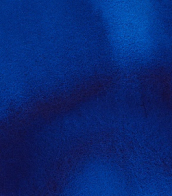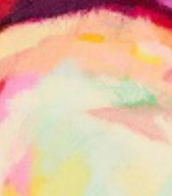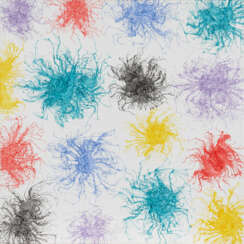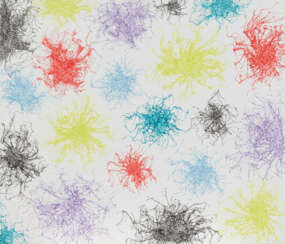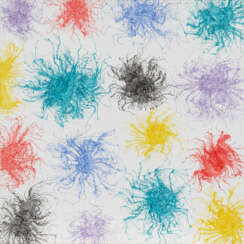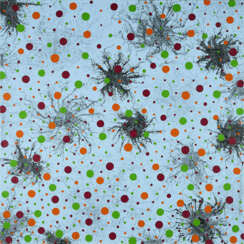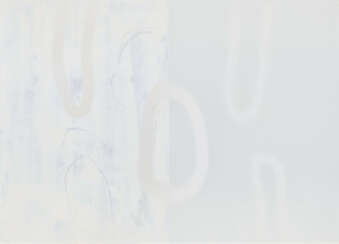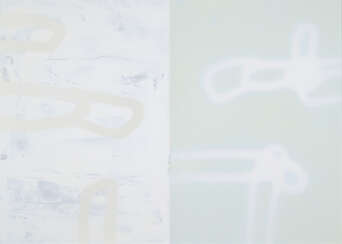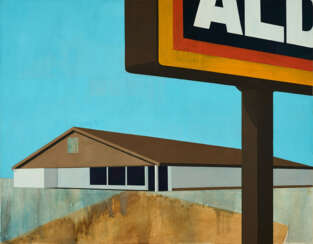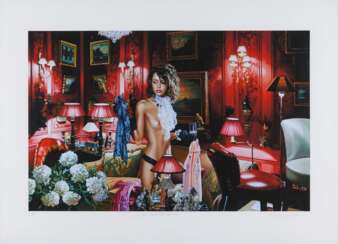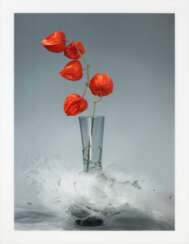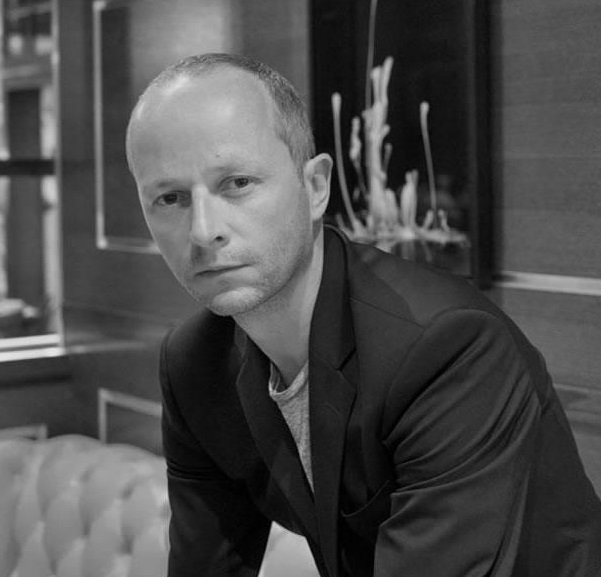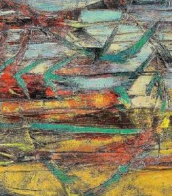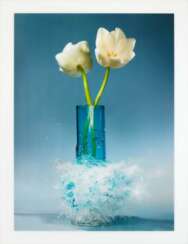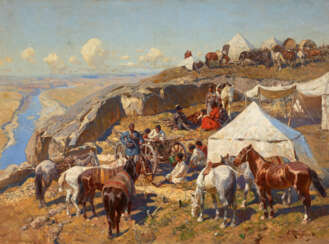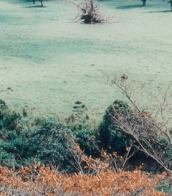rahmen (142 x 142cm)
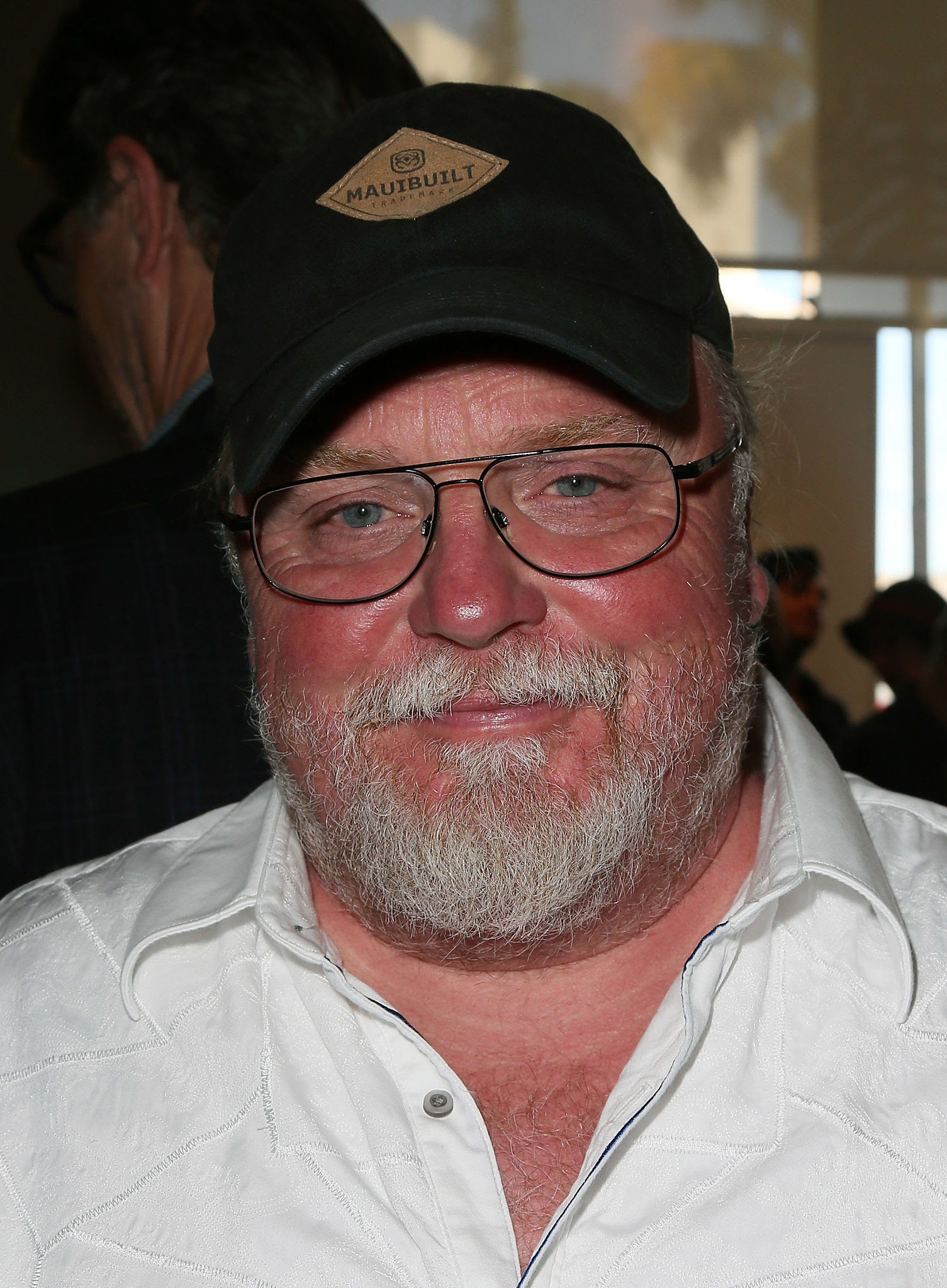
Udo Nöger is a German and American artist working between San Diego, Miami and Geneva.
Nöger, who grew up in Enger, Germany, emigrated to the United States in the early 1990s. Early in his career, he was known for his expressive figurative paintings. These mixed-media works often feature enigmatic archaic figures and symbolically charged imagery inspired by his travels. On one such trip to the South Pacific, Nöger discovered ancient writings consisting of images of animals, figures and symbols used by the Easter Islanders centuries ago. Over time, he began to incorporate this ancient iconography into his work, eventually creating his own pictorial language that gradually became more and more abstract.
By the mid-nineties, Nöger began to focus exclusively on the interplay of light, space and color. The artist creates luminous monochrome paintings that capture light, movement and energy expressed in extremely minimalist compositions. Nöger uses an almost architectural approach to create works that seem to radiate light from within. The paintings consist of three layers of canvas mounted on stretchers set at a distance from each other.
Udo Nöger has exhibited many times around the world, and his works are in the permanent collections of the Metropolitan Museum of Art (New York), the Museum of Contemporary Art (Denver), the Art Institute of Chicago and others.


Udo Nöger is a German and American artist working between San Diego, Miami and Geneva.
Nöger, who grew up in Enger, Germany, emigrated to the United States in the early 1990s. Early in his career, he was known for his expressive figurative paintings. These mixed-media works often feature enigmatic archaic figures and symbolically charged imagery inspired by his travels. On one such trip to the South Pacific, Nöger discovered ancient writings consisting of images of animals, figures and symbols used by the Easter Islanders centuries ago. Over time, he began to incorporate this ancient iconography into his work, eventually creating his own pictorial language that gradually became more and more abstract.
By the mid-nineties, Nöger began to focus exclusively on the interplay of light, space and color. The artist creates luminous monochrome paintings that capture light, movement and energy expressed in extremely minimalist compositions. Nöger uses an almost architectural approach to create works that seem to radiate light from within. The paintings consist of three layers of canvas mounted on stretchers set at a distance from each other.
Udo Nöger has exhibited many times around the world, and his works are in the permanent collections of the Metropolitan Museum of Art (New York), the Museum of Contemporary Art (Denver), the Art Institute of Chicago and others.
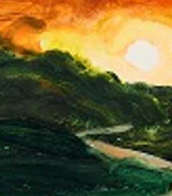
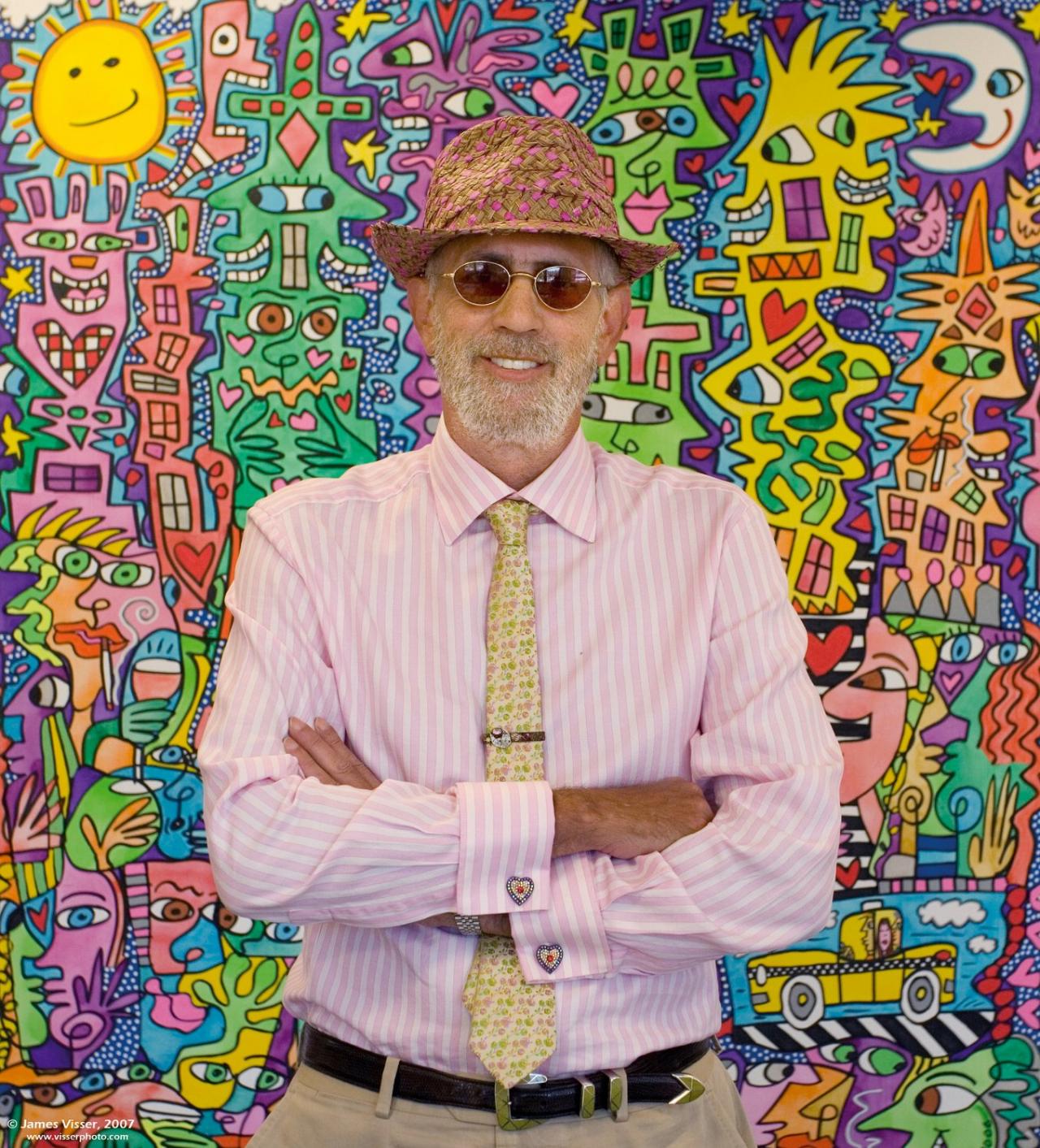
James Rizzi was a renowned American artist, celebrated for his vibrant and playful Pop Art style. Born in Brooklyn, New York, Rizzi's unique approach to art combined childlike whimsy with bold, animated creations. His 3D artworks, characterized by their intricate detail and lively city scenes, set him apart in the art world.
James Rizzi's artistic journey was marked by a series of notable achievements and contributions. He gained recognition in the late 1970s and early 1980s, showcasing his works at prestigious venues like the Brooklyn Museum and creating album covers and animations for the Tom Tom Club. His style evolved into creating 3D constructions, where he meticulously sketched scenes, added vibrant colors, and transformed them into three-dimensional art pieces. This method resulted in captivating prints that exuded a sense of movement and playfulness, drawing viewers into the energetic and diverse atmosphere of New York City.
Throughout his career, James Rizzi undertook various notable projects, including designing for the Montreux Jazz Festival, the FIFA World Cup, and the Olympics. His works were not only limited to canvases but also extended to designing cars for Volkswagen and contributing to charity projects. The "Happy Rizzi House" in Braunschweig, Germany, stands as a testament to his architectural creativity.
Art enthusiasts and collectors will find James Rizzi's work particularly intriguing due to his unique process and the joyous portrayal of urban life. His art is celebrated globally, and his influence remains significant in the Pop Art movement.
If you are a collector or an expert in art and antiques, and James Rizzi's work intrigues you, sign up for updates. Stay informed about new product sales and auction events related to James Rizzi without any pompous flair. Just the essential information, directly to your inbox.

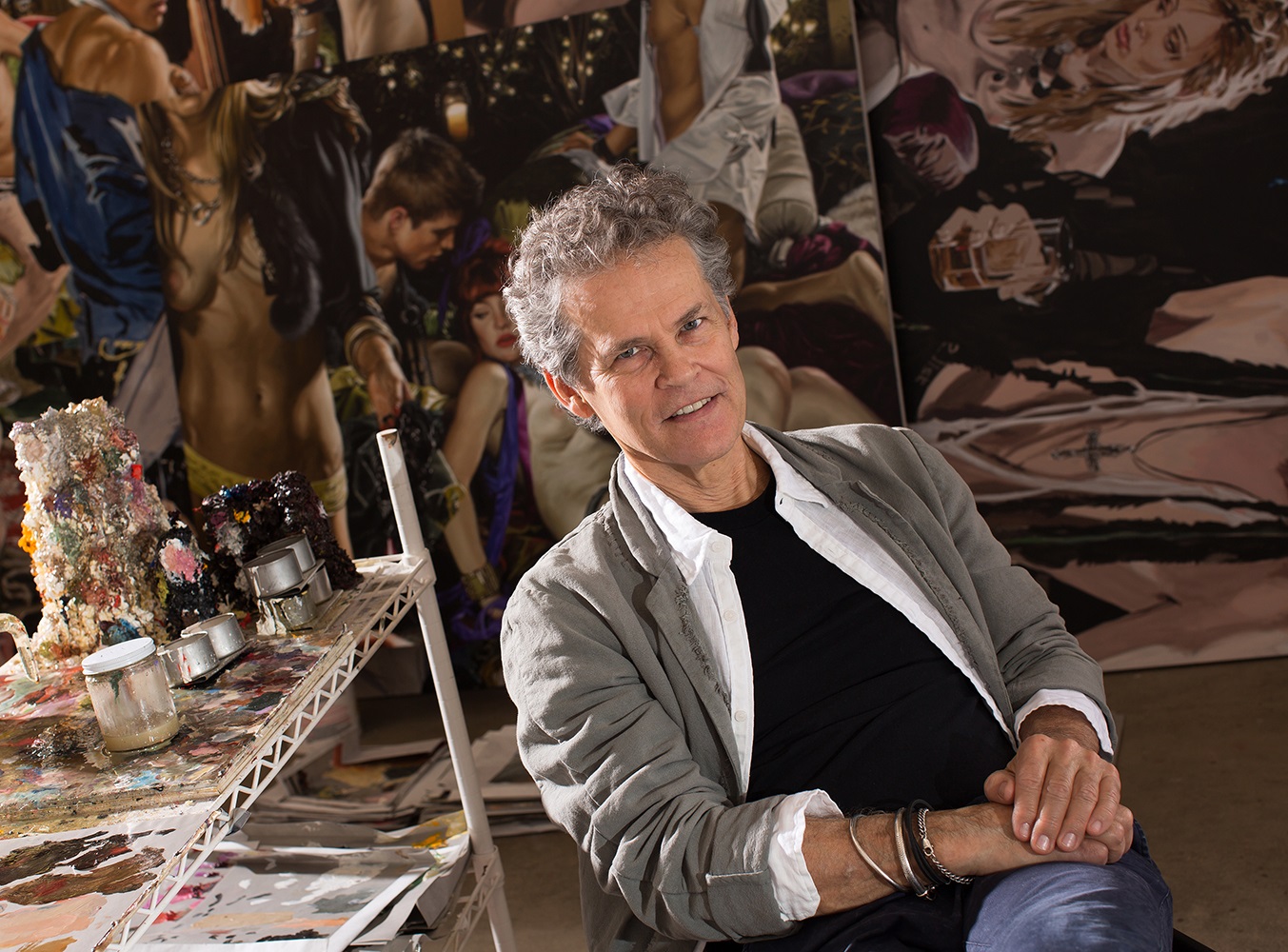
Terry Rodgers is an American artist known for his large scale canvases that focus on portraying contemporary body politics. He graduated cum laude from Amherst College in Massachusetts in 1969, with a major in Fine Arts. His strong interest in film and photography influenced his style in the direction of representational realism in art.
In 2005, three of his monumental figurative canvases were presented at the Valencia Biennial. Abroad he has had solo exhibitions in galleries in Brussels, Amsterdam, Zurich and Milan, and participated in group shows around the world. In the United States, he has had solo gallery exhibitions in New York City, Los Angeles, Atlanta, and Chicago.
He has also exhibited at numerous museums in the US including the Museum of Contemporary Art Jacksonville, the Erie Art Museum and the Mobile Museum of Art. Abroad, his work has been exhibited at the Stedelijk Museum – 's-Hertogenbosch, the Kunsthalle der Hypo-Kulturstiftung in Munich, the Museum Franz Gertsch in Burgdorf, the Museum Folkwang in Essen, the Gemeentemuseum Helmond, the Scheringa Museum of Realist Art in Spanbroek, the Kunsthal Rotterdam, the Kunsthalle Emden, the Kunsthalle Krems, the Galerie Rudolfinum and the Zentrum Paul Klee in Bern.
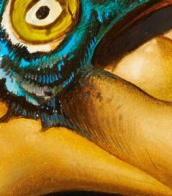
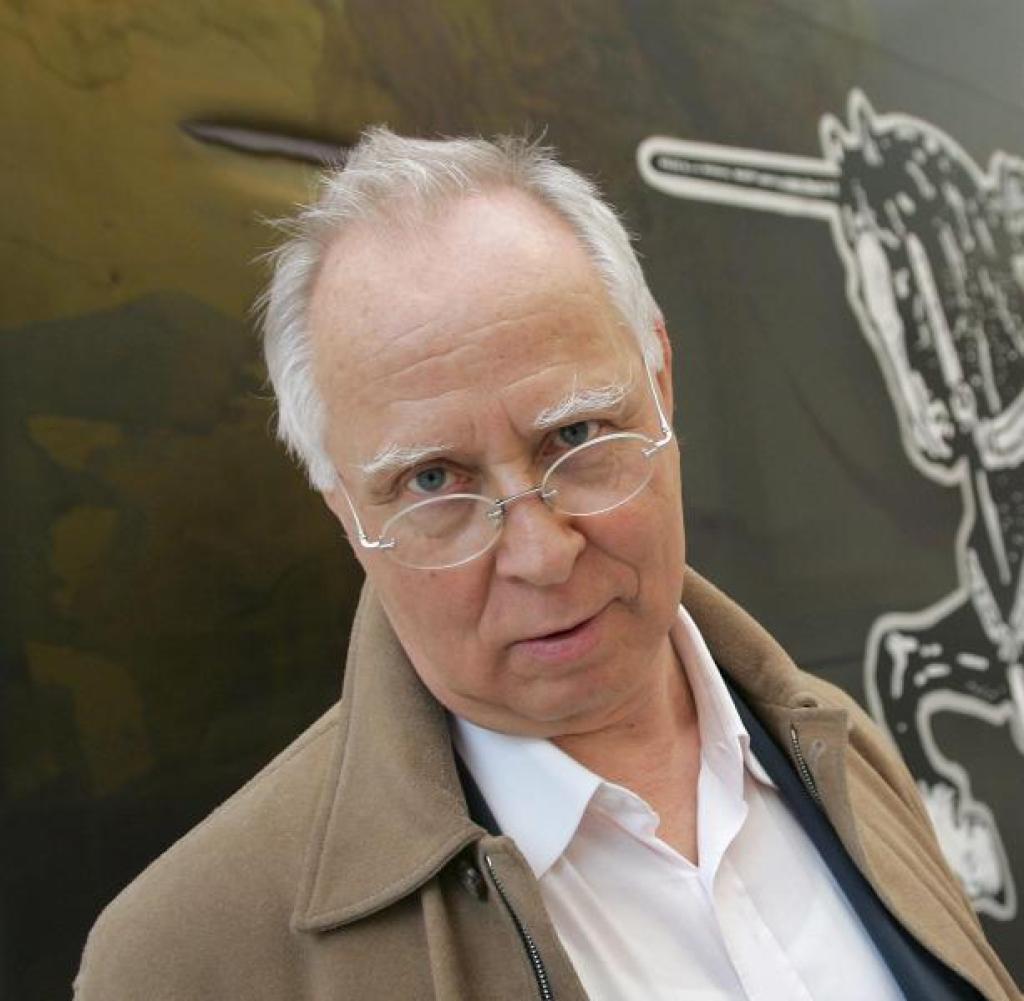
Sigmar Polke was a German painter and photographer.
Polke experimented with a wide range of styles, subject matters and materials. In the 1970s, he concentrated on photography, returning to paint in the 1980s, when he produced abstract works created by chance through chemical reactions between paint and other products. In the last 20 years of his life, he produced paintings focused on historical events and perceptions of them.


Karl Kaufmann was an Austrian landscape and architectural painter.

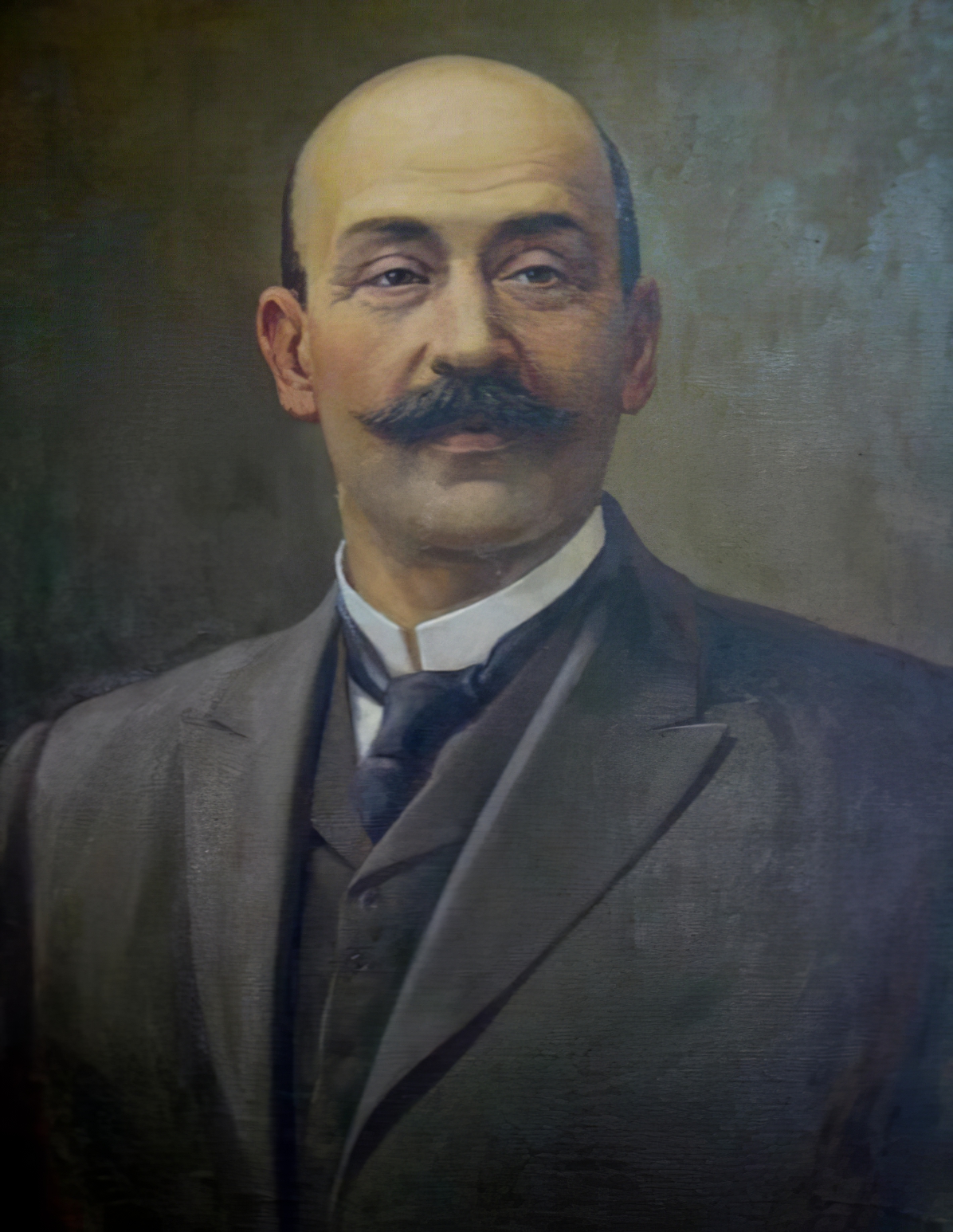
Franz Roubaud (Russian: Франц Алексеевич Рубо) was a Russian painter, known for his panoramic paintings and battle scenes. Born in Odessa in 1856, Roubaud studied at the Imperial Academy of Arts in St. Petersburg and furthered his education in Munich. His works are celebrated for their meticulous detail and dynamic composition.
One of his most famous works is the "Siege of Sevastopol," a monumental panorama depicting a key event from the Crimean War. This masterpiece is housed in the Panorama Museum in Sevastopol and stands as a testament to Roubaud's ability to convey historical grandeur and emotional intensity.
Roubaud's contributions to Russian art extend beyond his canvases, as he was also a respected professor at the Academy of Arts in St. Petersburg. His legacy continues to influence modern Russian painters, and his works are sought after by collectors and art enthusiasts worldwide.
Stay updated on new product sales and auction events related to Franz Roubaud (Rubo) by signing up for our newsletter. Don’t miss the chance to own a piece of history!
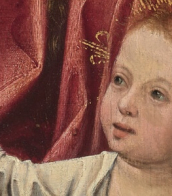

Bernard Schultze was a German painter who co-founded the Quadriga group of artists along with Karl Otto Götz and two other artists.
